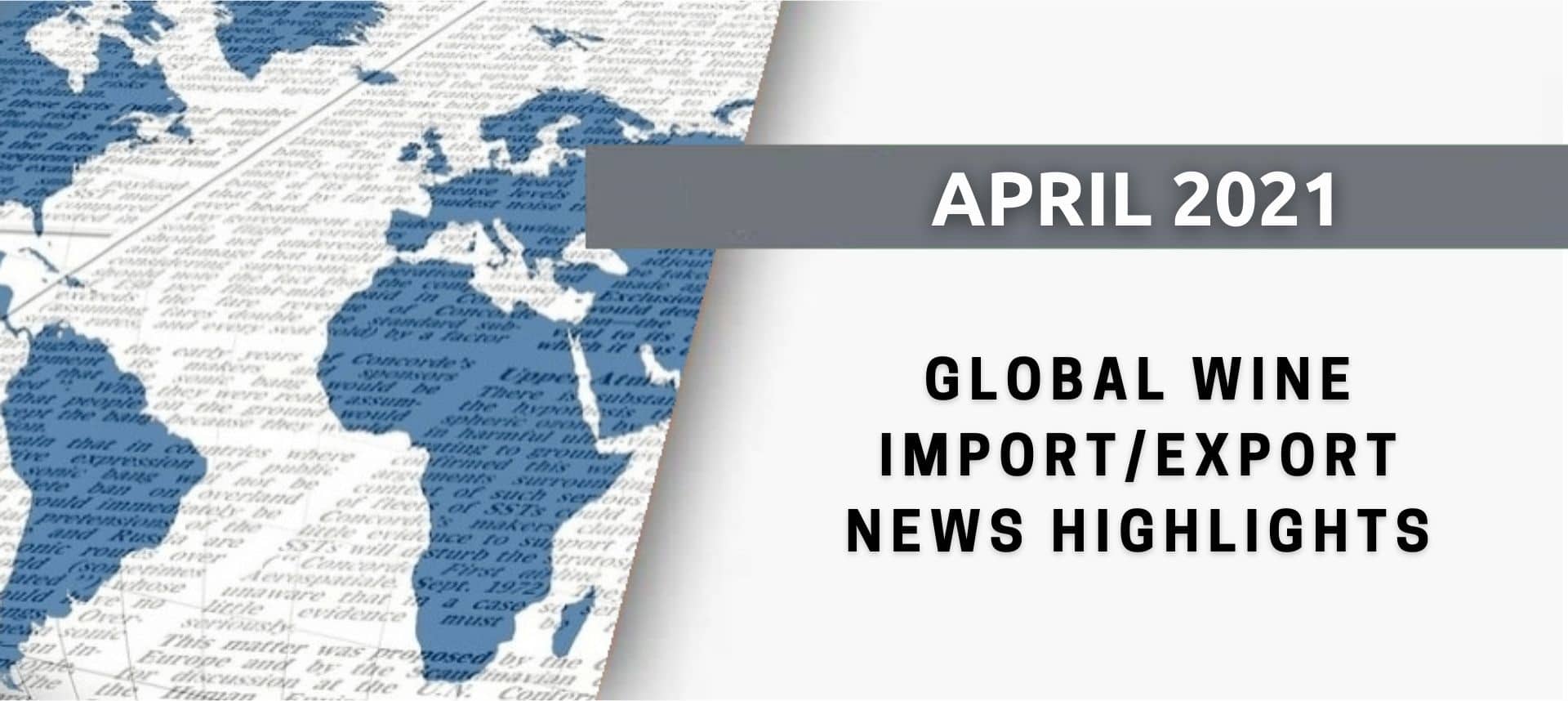

Low and alcohol-free drinks gain popularity
Consumer lifestyle choices continue to influence the market evolution of alcoholic drinks. Despite a global decrease in alcoholic consumption, interest in low and non-alcoholic beverages has been gaining popularity over the last few years, starting with Europe and Asia, and extending worldwide. Already present prior to the Covid-19 pandemic, the trend for moderation and healthy living has been fuelled by the worldwide health crisis, creating demand for low alcoholized and alcohol-free beverages, just like plant-based alternatives took the spotlight in the food segment for the past year. Most receptive to this trend are Millennials and gen Z-ers who are avid of leading a healthy lifestyle, but more and more of the elderly population seems to be looking to cut back on alcohol intake for medical reasons as well as wellbeing in general.
The leading product in low or non-alcoholic beverages is beer and beer alternatives due to constant innovations regarding taste and the variety available on the market, followed by spirits and dealcoholized wine who is steadily evolving. There is a lot of space for innovation and evolution for this segment on the market, creating many opportunities for producers and traders around the world. According to IWSR, the no-/low alcohol segment is a trend for the future, forecasted to increase by 31% in volume by 2024.
Global wine consumption in decline
According to the International Organisation of Vine and Wine (OIV), worldwide wine consumption in 2020 was down by 3% compared to 2019, reaching the lowest level since 2002. Moreover, wine exports seem to have stalled worldwide, leading to a drop in price and a decrease of 1,7 in terms of volume.
The main factor that leads to major changes in the global wine scene seems to be the Coronavirus crisis, more precisely the measures taken to secure the virus spread, including the distribution channels shift, changes in consumption, as well as tourism travel and Horeca restrictions or closure. On the other hand, wine trade and consumption were also affected by new policies and tariffs, including global sales bans, the Brexit situation, the US tax imposed on EU wines over the subsidies dispute or the China-Australia conflict.
Late frost strikes South-European vineyards
After the Covid distress and “the Trump tax”, in mid-March, French vintners and fruit farmers were battling devastating frost damage, as low as -6C/21.2°F, being one of the worst frosts in decades. More than 70% of French vintners from the entire country has suffered significant damage to this year`s crop, including major wine regions like Bordeaux or Rhône Valley. Under these circumstances, small barrels with fuel were lit across vineyards to leverage temperatures and save the bloomed buds while the French government expressed the willingness to financially compensate the loss.
A few days later, Italy, especially the north and centre part of the country, is another victim of frostbite after weeks of warm weather. Most affected are the Piedmont and Tuscany regions, although early investigations show less damage than the French counterpart. Winemakers continue to evaluate the impact and tend the land, remaining vigilant to cold temperatures forecasted to last until the end of May.





